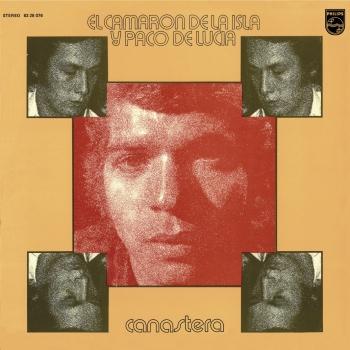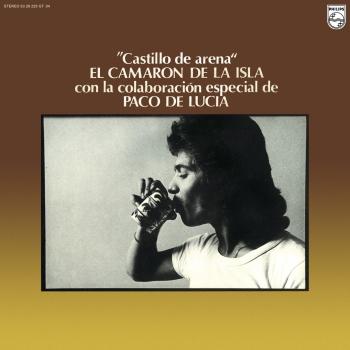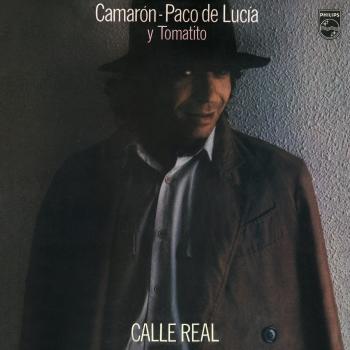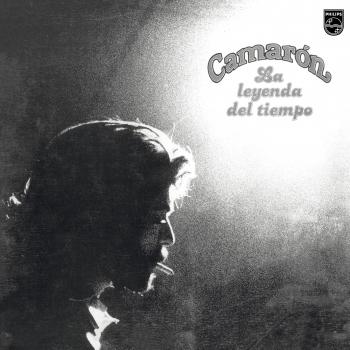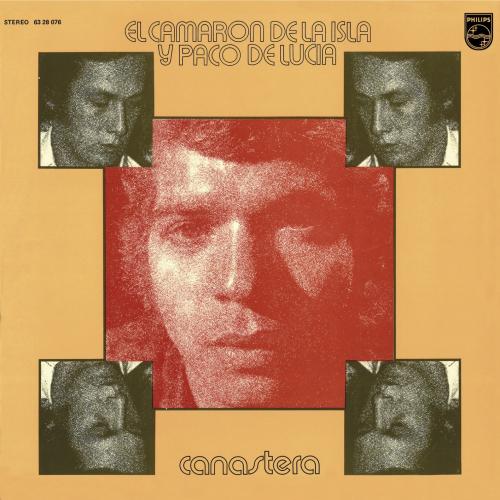
Canastera (Remastered) Camarón De La Isla
Album Info
Album Veröffentlichung:
2018
HRA-Veröffentlichung:
30.11.2018
Label: Universal Music Spain, S.L.U.
Genre: Latin
Subgenre: Latin Jazz
Interpret: Camarón De La Isla
Das Album enthält Albumcover
Entschuldigen Sie bitte!
Sehr geehrter HIGHRESAUDIO Besucher,
leider kann das Album zurzeit aufgrund von Länder- und Lizenzbeschränkungen nicht gekauft werden oder uns liegt der offizielle Veröffentlichungstermin für Ihr Land noch nicht vor. Wir aktualisieren unsere Veröffentlichungstermine ein- bis zweimal die Woche. Bitte schauen Sie ab und zu mal wieder rein.
Wir empfehlen Ihnen das Album auf Ihre Merkliste zu setzen.
Wir bedanken uns für Ihr Verständnis und Ihre Geduld.
Ihr, HIGHRESAUDIO
- 1 Canastera 03:50
- 2 No Dudes De La Nobleza (Fandangos) 03:43
- 3 Que A Mí Me Vio De "Naser" (Alegrías) 02:18
- 4 Calabosito Oscuro (Seguiriyas) 03:27
- 5 No Quisiera Que Te Fueras (Bulerías) 03:27
- 6 Las Campanas También Lloran (Tientos) 03:26
- 7 Una Gitana Morena (Bulerías) 03:30
- 8 La Vi Por Primera Vez (Fandangos) 03:14
- 9 Estás Ciego "Pa" No Ver (Soleá) 03:36
- 10 Soñaba Siempre Contigo (Cartagenera) 01:42
- 11 Y Me Gustan Las Mujeres (Tangos) 03:49
- 12 Dios Te Dara A Ti La Gloria (Verdiales) 01:59
Info zu Canastera (Remastered)
"Canastera" seems to show the most experimental sides of these two flamenco virtuosos. It coincided temporarily with the flamenco 'duende' of Paco de Lucía (1972) y reflects the sound of that time with echoes and never effects. It starts with an attempt at creating Cante, 'La Canastera', with a chorus that brings back the memories of the copla 'Ojos Verdes', originally written by Valverde, León y Quiroga, based on the variations that Paco de Lucía was applying to the Rondeña way of playing of Ramón Montoya. The whole CD breathes thanks to the innovations put forward by Paco de Lucía in songs like 'El Duende', and he even advances 'falsetas' of his next record 'Fuente y Caudal', in the song 'Soleares y Cartagena'. There are also slow 'tangos por granaínas', some verdiales started as 'falseta de soleares' but played with a bulería flair, an unusual bulería anyway without clapping where Paco performs several falsetas from 'Punta del faro', proposing a wide array of round offs to the cante, which became a popular model for accompanying artists and the source of Tomatito's style for this particular 'palo'. What is interesting are the original answers to Camarón, unusual and different to whatever he had recorded, and above all, the frequent use of 'paso' chords (chords in seventh minor) to move from one grade to another in the Anadalucian cadences; and Camarón cante that grows in character while developing part of the traditional melodies on top of that, searching for the chord dissonance marked by the guitar, something that will produce certain feeling of 'out of tune' for an ear educated in the traditional way: Camarón de la Isla style was starting to bloom.
Camaron De La Isla, vocals
Paco De Lucia, guitar
Digitally remastered
Keine Biografie vorhanden.
Dieses Album enthält kein Booklet







